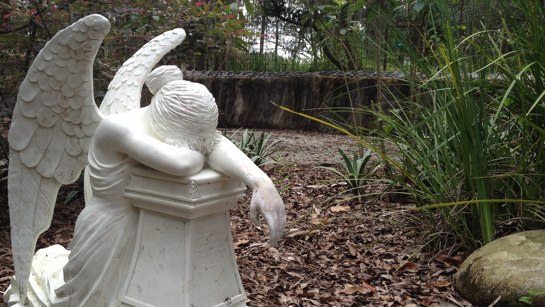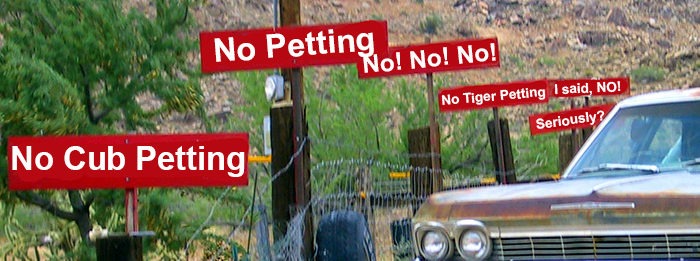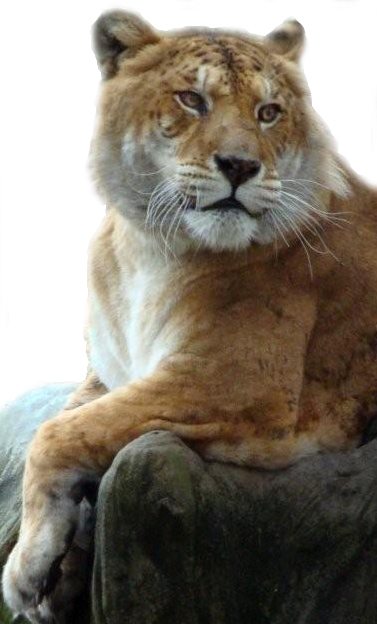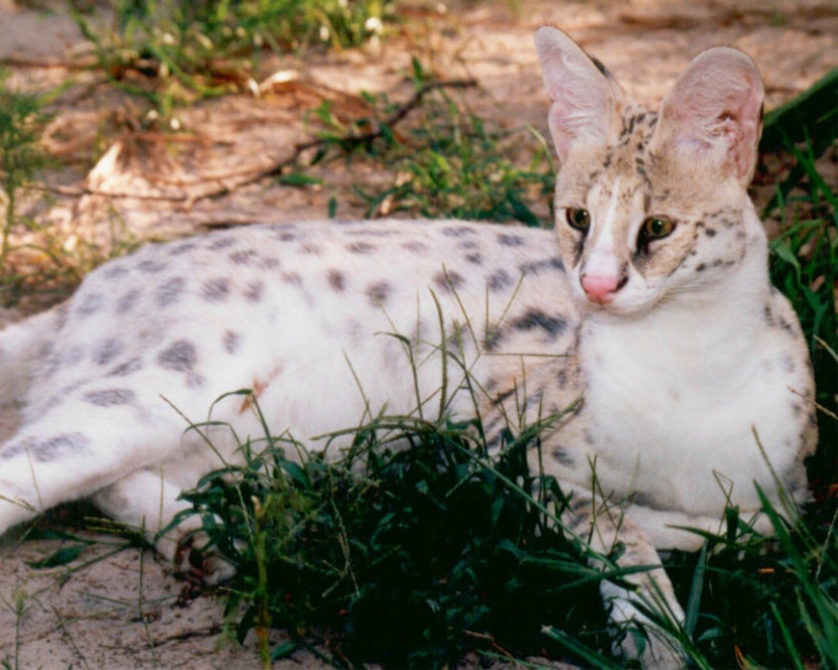Cemetery for Big Cats
Big Cat Cemetery: What happens after the cats pass away?
Big Cat Rescue has rescued more than 250 cats since 1992 and most of them came when they were too old to be profitable to their former owners. Many were bred incessantly to create fur coats, to be sold as pets, or to be used in pay to play sessions where people will pay to see a cute baby tiger or lion. When they could no longer produce, or if they became sick or injured, they were discarded, and that is when they came to us.
When sanctuaries help each other with large rescues, the oldest and sickest cats come to Big Cat Rescue because we have the financial ability to provide care that most places cannot and we have two amazing vets, and a team of specialists, who donate their services. Despite the fact that most cats come here with everything going against them, they often live longer here than anywhere else.
Most exotic cats only live 10-12 years in the wild. In most zoos and sanctuaries that is the same life expectancy. Here our cats live to an average of 17-19 and many into their mid 20’s.
Death is certain and final but we don’t want the suffering these cats have endured to have been in vain, so we memorialize every one of them in stone. When a cat dies here we do a necropsy to see if there is anything that we, or science, can learn. We often participate in research studies to help both captive and wild populations by supplying them with tissue samples after a cat has passed.
To ensure than none of our cats’ parts end up in the trade, we have the cats cremated and then their ashes are stored inside these walls around the cemetery and grounds. A plaque is created in granite that includes the cat’s photo, date of birth and death and the forever sponsor who has funded their necropsy, cremation and memorial marker. Each cat has only one forever sponsor.
Some people have chosen to memorialize their own pets here as well.
Animal abusers who exploit wild animals often use our transparency about the death of our beloved friends against us by making untrue comments. As of 2014 we don’t know any other sanctuary or zoo who is as open and honest with the public about the lives and deaths of their wards.
When have you ever seen a cemetery like this or a website of tributes dedicated to every animal? In stark contrast it is reported that there have been 28 orcas who go by the name Shamu, Namu & Baby Shamu. These killer whales live into their 50’s in the wild, but have an average life span of only 9 in captivity. Often zoos will recycle the same name for the animals so that no one questions it when an animal disappears or dies.
Wild animals don’t belong in cages. The voices of these past cats still linger in our hearts and are what inspires us to end the trade in wild cats as pets, props and for their parts.








Absolutely beautiful and so touching. What a wonderful organization!
Me too…we need more time on the tours to see it.
One of my favorite spots when I visit. It reminds me how special they all were.